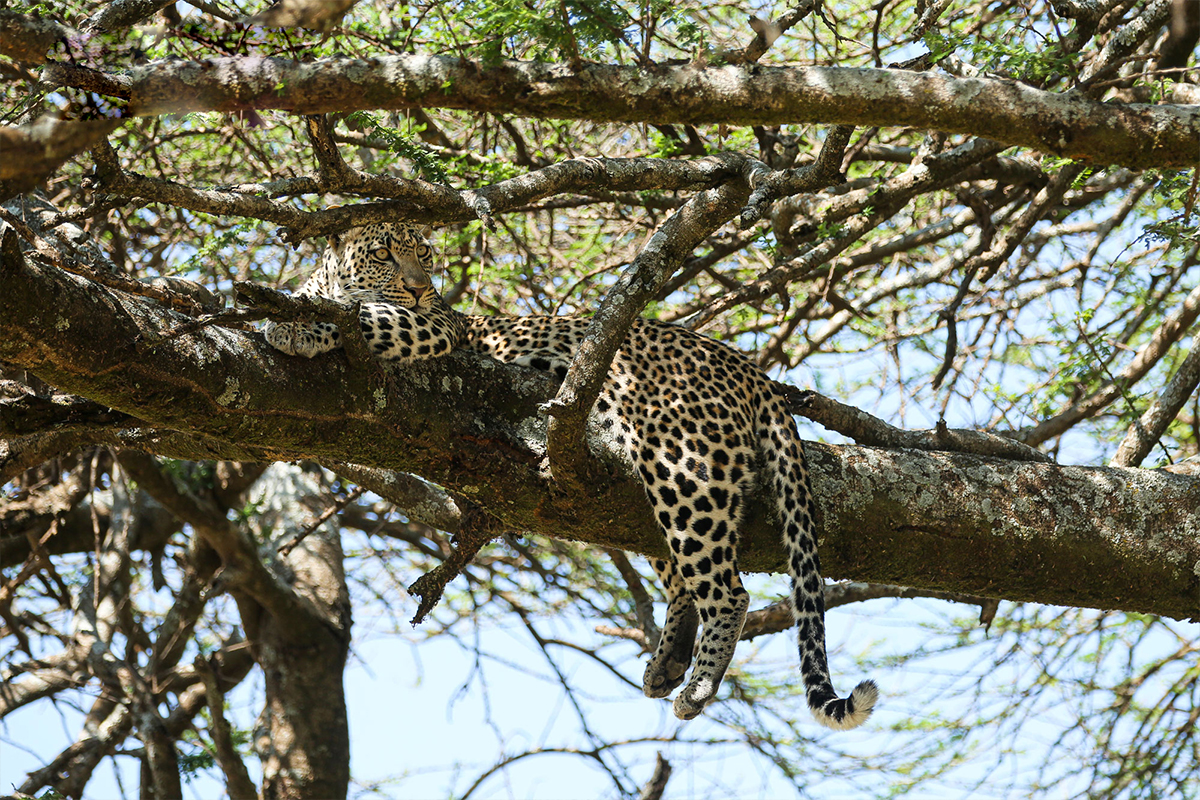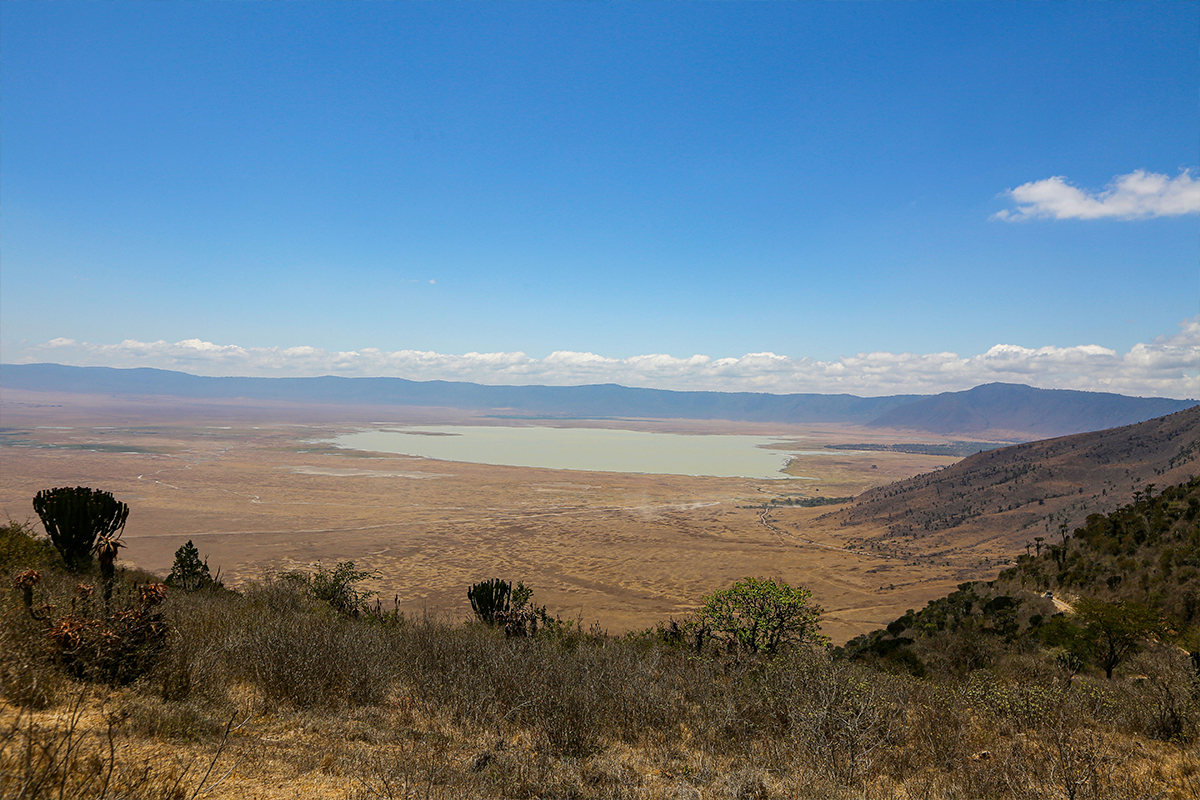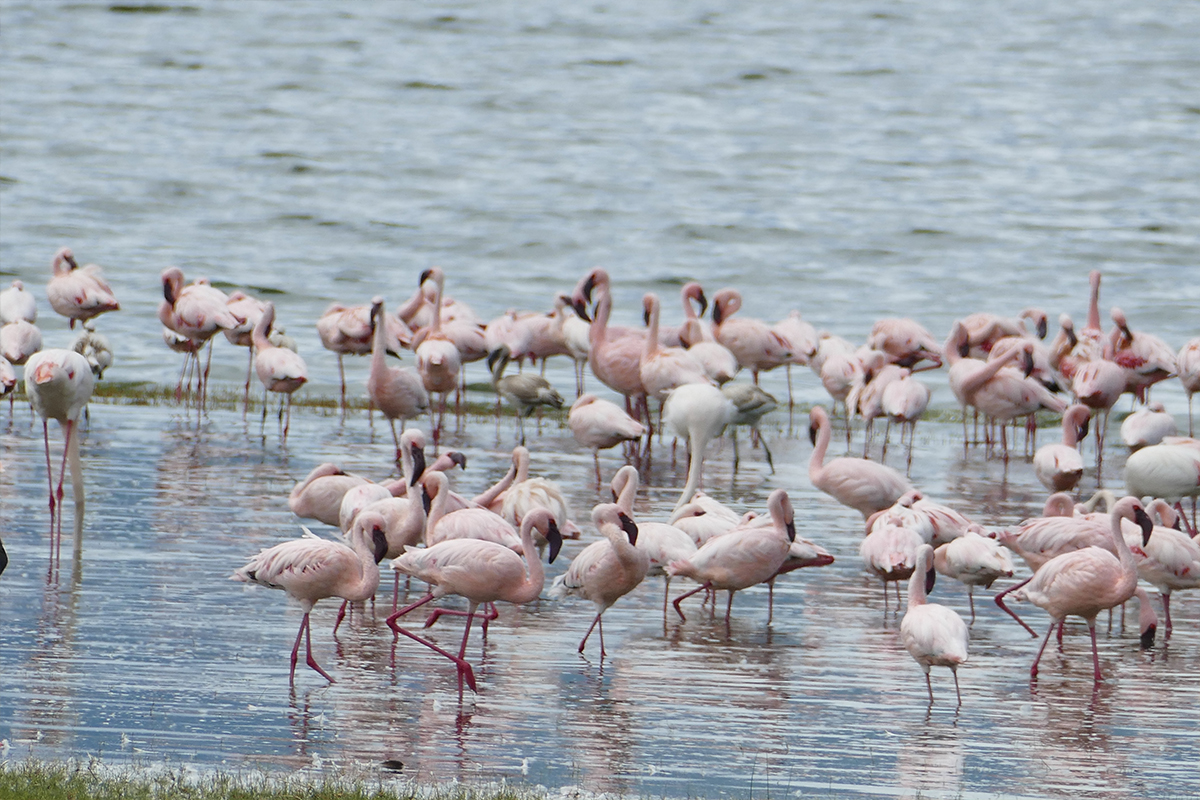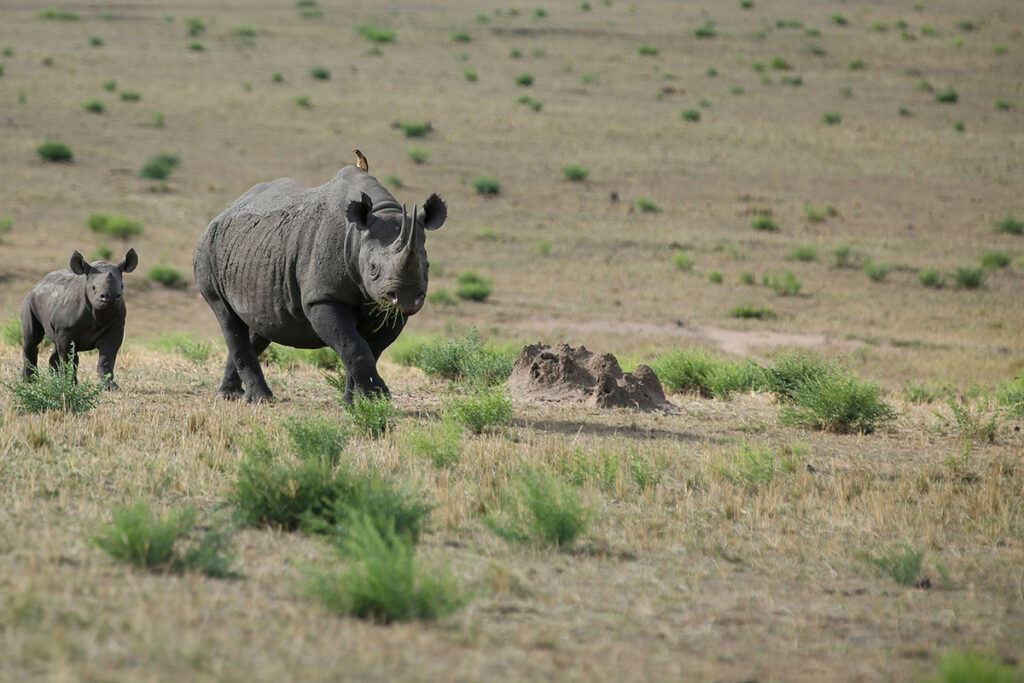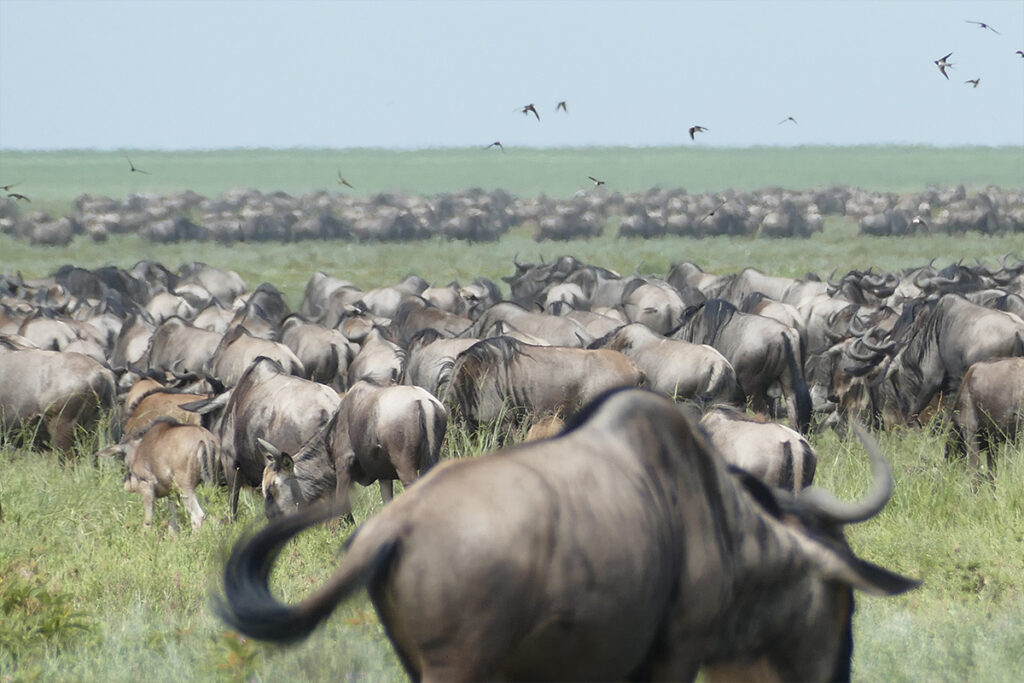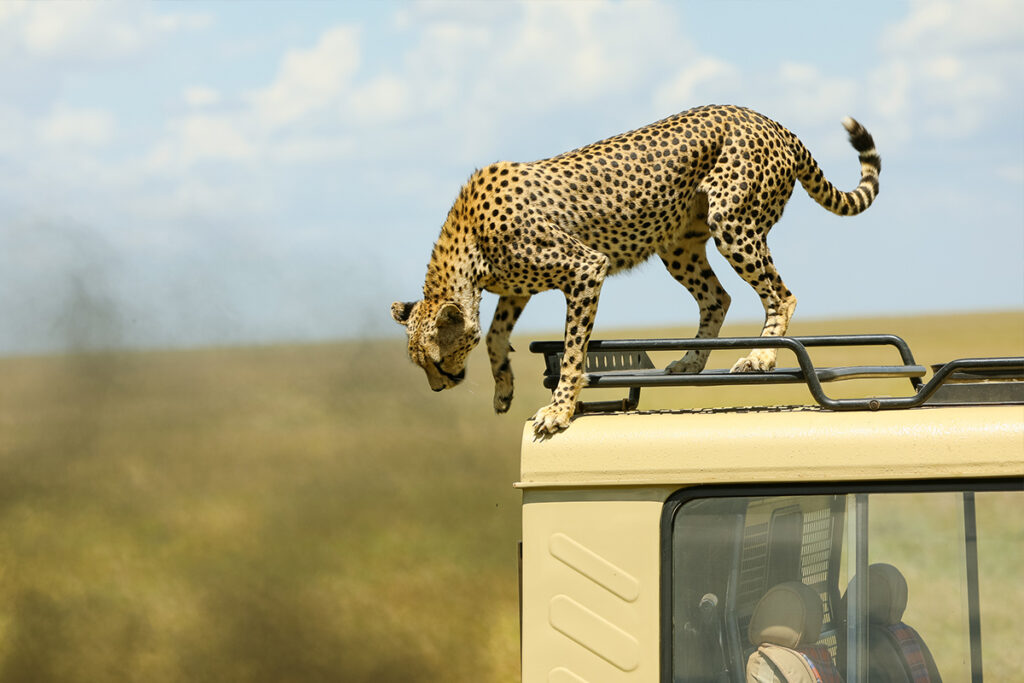Climbing Kilimanjaro Solo: A Complete Guide
For many adventurers, the idea of climbing Kilimanjaro solo offers a unique challenge and a sense of personal achievement. While trekking without a group can be a rewarding and life-changing experience, it comes with its own set of challenges and logistics. This guide will walk you through everything you need to know about preparing for a solo ascent of Mount Kilimanjaro, from choosing the right route to understanding the necessary permits, safety tips, and more.
I. Can You Climb Kilimanjaro Solo?
The short answer is yes, but with some important caveats. While climbers can choose to hike alone without joining a group, Tanzanian law requires all trekkers on Kilimanjaro to be accompanied by a licensed guide. You can’t truly hike the mountain completely alone without a support team that includes guides and porters.
However, solo climbers can still embark on this adventure without being part of a larger trekking group. You can book a private, solo trek with a reputable tour company, such as Sia Yangu Safari, which will provide the required guides and porters to support your journey.
II. Why Choose a Solo Kilimanjaro Trek?
Climbing Kilimanjaro solo can be an incredibly rewarding experience for those seeking solitude and a deeper connection with nature. Here are some of the top reasons people choose to go solo:
A. Complete Flexibility and Independence
When you climb solo, you have full control over your schedule. You can decide your pace, choose the routes and campsites, and even make decisions about when to rest. This level of independence is appealing to those who prefer to set their own goals.
B. Personal Challenge
A solo trek pushes you to rely solely on your own mental and physical strength. This personal challenge can be incredibly fulfilling, offering a deeper sense of accomplishment upon reaching the summit.
C. Time for Reflection
Solo trekking allows for quiet, uninterrupted moments of self-reflection. Many people choose a solo adventure to clear their minds, escape the distractions of everyday life, and focus on personal growth.
III. Best Routes for Solo Climbers
Choosing the right route is crucial for your success, especially when trekking solo. Routes vary in terms of difficulty, scenery, and acclimatization opportunities. Below are some routes well-suited for solo adventurers.
A. Lemosho Route (7-8 Days)
The Lemosho Route is one of the longest and most scenic routes, offering excellent acclimatization opportunities. It’s ideal for solo climbers because it provides a gradual ascent, giving your body time to adjust to the altitude. The route is less crowded than others, allowing for more solitude.
B. Machame Route (6-7 Days)
Also known as the “Whiskey Route,” the Machame Route is a popular choice for solo climbers who want a scenic and moderately challenging trek. The longer duration and multiple days at higher altitudes help with acclimatization.
C. Rongai Route (6-7 Days)
The Rongai Route approaches Kilimanjaro from the north and is perfect for solo trekkers seeking a quieter climb. It is less crowded than the southern routes and offers a more gradual ascent, making it a good option for acclimatization.
D. Table: Route Comparison for Solo Climbers
| Route | Duration (Days) | Difficulty Level | Acclimatization | Solitude | Scenery |
|---|---|---|---|---|---|
| Lemosho | 7-8 | Moderate | Excellent | High | Excellent |
| Machame | 6-7 | Moderate | Good | Medium | Excellent |
| Rongai | 6-7 | Easy-Moderate | Good | High | Good |
IV. Essential Gear for a Solo Kilimanjaro Trek
Climbing Kilimanjaro solo means you need to be extra prepared, as you won’t have the safety net of a group to share equipment or gear. While your porters will carry the bulk of your supplies, it’s essential to pack the right personal items for a safe and successful trek.
A. Gear Checklist for Solo Climbers
- Layered Clothing: Temperatures vary widely on Kilimanjaro, so pack moisture-wicking base layers, insulated mid-layers, and a waterproof outer layer.
- Waterproof Hiking Boots: Invest in high-quality, broken-in boots that can handle rocky and wet terrain.
- Sleeping Bag: A four-season sleeping bag rated for sub-zero temperatures is essential for the cold nights at higher altitudes.
- Daypack: Your daypack should be large enough to carry water, snacks, extra clothing, and any personal items you’ll need during the day.
- Trekking Poles: These will help reduce the strain on your knees during steep ascents and descents.
- Solo Safety Gear: Consider bringing a satellite phone or GPS device for emergency communication, especially if trekking in less populated areas.
B. Table: Essential Gear for Solo Kilimanjaro Climbers
| Gear Item | Purpose |
|---|---|
| Insulated jacket | Keeps you warm at high altitudes |
| Headlamp | For summit night and early starts |
| Reusable water bottles | Hydration is critical |
| Trekking poles | Support on steep terrain |
| Satellite phone | Emergency communication |
V. Solo Trekking Tips: Safety and Preparation
Climbing Kilimanjaro solo comes with a different set of risks than group treks. Here are some important safety tips and considerations to keep in mind.
A. Physical Preparation
As a solo climber, you need to ensure that your fitness level is up to par. Climbing Kilimanjaro requires a good level of cardiovascular fitness, leg strength, and endurance. Focus on:
- Cardio Training: Running, cycling, or swimming 3-5 days per week will help build stamina.
- Strength Training: Strengthen your legs and core through exercises like lunges, squats, and planks.
- Hiking Practice: Regular hikes with a loaded backpack will help you prepare for the long days of trekking.
B. Mental Preparation
Solo trekking can be mentally challenging, especially when dealing with fatigue, altitude sickness, or feelings of isolation. Build mental resilience by preparing for the following:
- Altitude Sickness: Learn the symptoms and how to prevent altitude sickness. Make sure to hydrate, eat well, and ascend slowly.
- Pacing Yourself: Without the pressure of a group, you can hike at your own pace, but make sure not to overexert yourself early on.
C. Emergency Precautions
While Sia Yangu Safari will provide experienced guides and safety equipment, it’s important to be prepared for emergencies when trekking solo.
- Always carry a first aid kit.
- Have a communication device like a satellite phone or GPS for emergencies.
- Be aware of the weather and trail conditions, and don’t hesitate to ask for guidance if conditions become unsafe.
VI. Costs and Logistics of a Solo Trek
The cost of climbing Kilimanjaro solo is higher than joining a group tour due to the additional expenses of hiring a guide, porters, and equipment. However, solo trekking allows for a more personalized experience.
A. Cost Breakdown
- Park Fees: All climbers must pay Kilimanjaro National Park fees, which include conservation fees, camping fees, and rescue fees.
- Guide and Porter Fees: You are required to hire at least one guide and several porters to assist with carrying equipment. Sia Yangu Safari offers competitive packages that include all necessary staff.
- Gear Rental: If you don’t have your own gear, you can rent equipment such as sleeping bags and trekking poles.
B. Table: Estimated Costs for Solo Climbers
| Expense | Estimated Cost (USD) |
|---|---|
| Kilimanjaro Park Fees | $800 – $900 |
| Guide and Porter Fees | $1,000 – $1,500 |
| Gear Rental (if needed) | $100 – $300 |
| Tipping (Guides/Porters) | $300 – $500 |
VII. FAQ About Climbing Kilimanjaro Solo
- Can I climb Kilimanjaro without a guide?
No, Tanzanian law requires all Kilimanjaro climbers to be accompanied by a licensed guide. However, you can climb without joining a group. - Is climbing Kilimanjaro solo safe?
While solo trekking adds a level of personal responsibility, it can be safe if you go with a reputable trekking company like Sia Yangu Safari that provides professional guides and support. - What is the best route for a solo climber?
The Lemosho and Rongai routes are great options for solo trekkers, offering quieter paths and excellent acclimatization opportunities. - How much does it cost to climb Kilimanjaro solo?
Solo climbs typically cost more than group climbs, with prices ranging from **$2,000
Your Title Goes Here
Your content goes here. Edit or remove this text inline or in the module Content settings. You can also style every aspect of this content in the module Design settings and even apply custom CSS to this text in the module Advanced settings.
LET'S PLAN
YOUR SAFARI TOGETHER
Start planning your tour with us, we can create an itinerary from scratch or modify one of our suggested itineraries.
Top Pick Tour Packages For You
Tanzania Safari and Trekking
Tanzania boasts Africa’s renowned parks, promising unforgettable luxury safaris. With expertly crafted itineraries, immerse yourself in the finest national parks for a tailored wildlife adventure.

